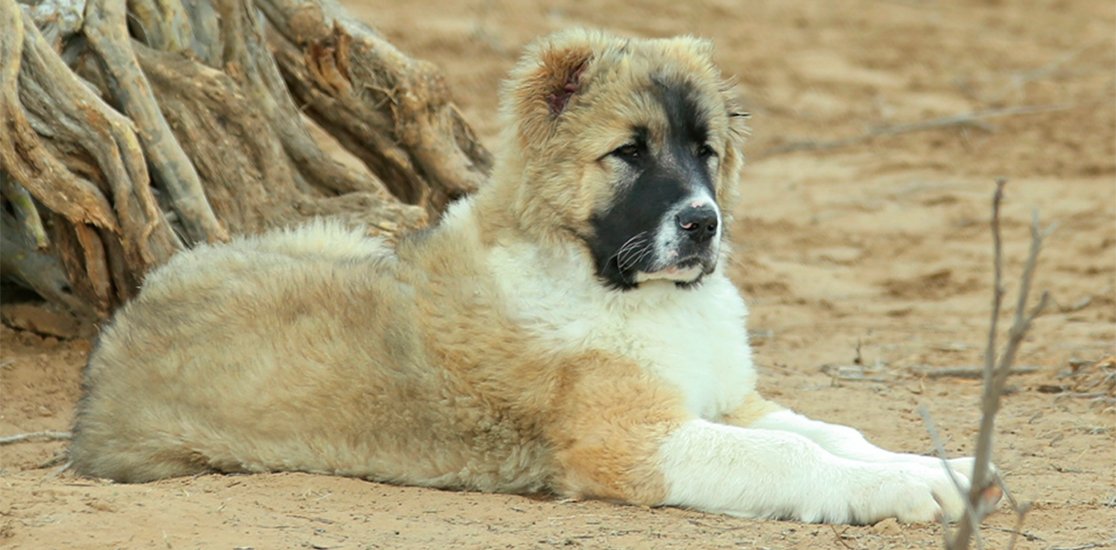
A loyal companion, a fearless defender, and a skilled fighter, the Alabay dog has been integral to the Turkmen people’s lives for generations. Among the many dog breeds worldwide, it is believed that all share a common ancestor from which they evolved. Through selective breeding tailored to practical needs, humans developed everything from gentle domestic pets to working dogs and guardians.
The Alabay, also known as the Central Asian sheepdog, is one of the oldest dog breeds, thriving across a vast region from the southern Urals to Afghanistan and from the Caspian Sea to China. Scientists trace its origins to Mesopotamian fighting dogs, considered among the earliest ancestors of modern canines. The breed was first mentioned in written records over a thousand years ago. Archaeological digs at the ancient settlement of Altyndepe in Turkmenistan (circa 2000 BCE) unearthed a terra-cotta figurine of a dog, along with the remains of a large animal featuring powerful jaws and a muscular build, resembling today’s Central Asian sheepdog.
The name "Alabay" translates to "multi-colored or dappled dog," and its coat—ranging from straw yellow to deep brown—blends effortlessly with the desert landscape. For centuries, shepherds in the Karakum Desert have depended on these mighty, resilient dogs to protect their flocks from predators. The unforgiving conditions of the sandy desert, coupled with rigorous natural selection and careful breeding focused on strength and combat abilities, shaped this extraordinary breed into one that stands apart from all others.
With its unmatched loyalty, imposing presence, and adaptability to the harsh environment, the Alabay symbolizes strength and partnership between humans and animals in Turkmen culture.